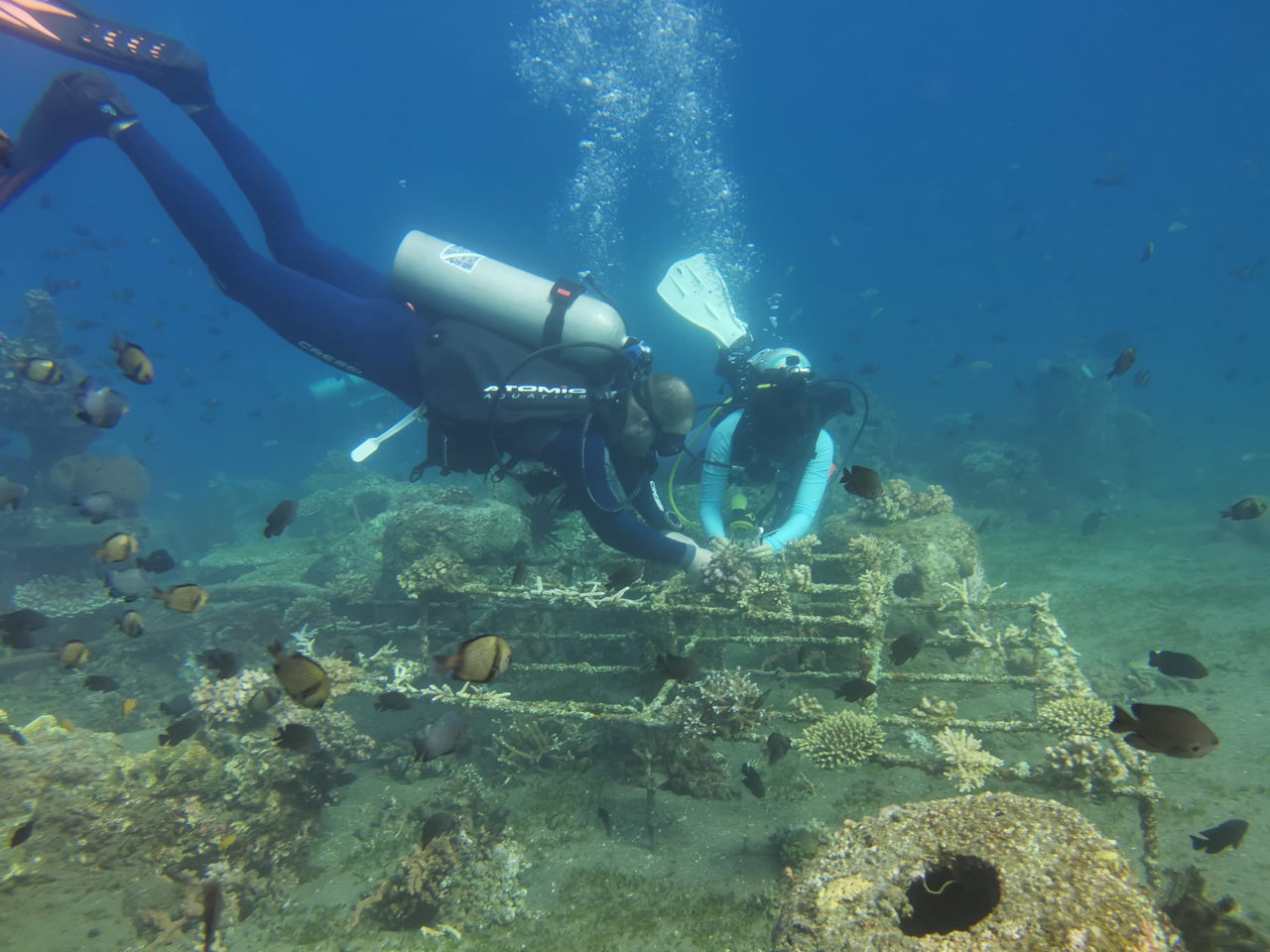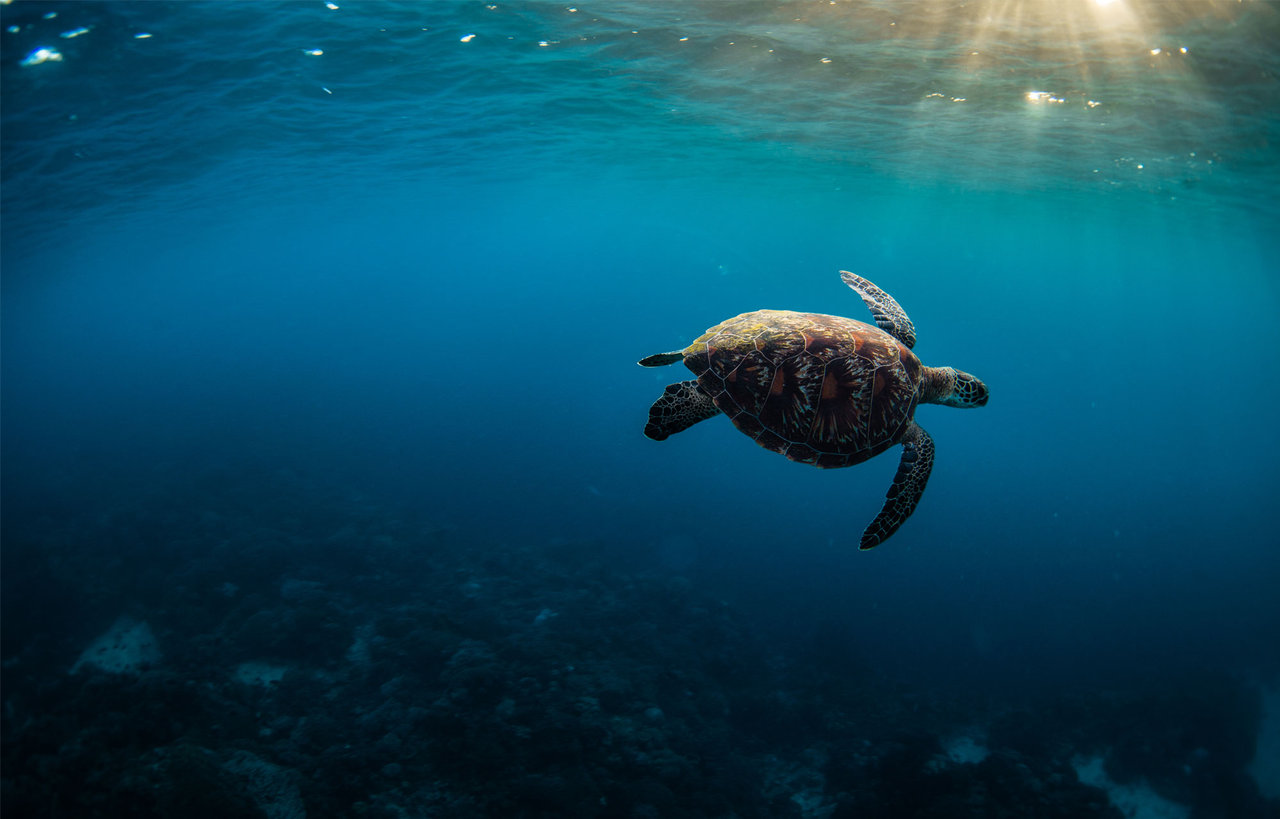How can you turn black into glowing yellows, oranges, reds, blues and greens? By doing what we call fluoro diving at night…
Many divers have a preference as to what kind of diving they enjoy, whether it is wreck diving, drift diving, muck diving, or even night diving, just to name a few. All of these are great ways to have a completely different dive experience. Night diving is unique because, even if you were at the same site earlier in the day, you can usually spot many of the different nocturnal animals that were hidden, such as some of the octopus and cuttlefish, as well as many beautiful coral polyps that open at night, creating an entirely different landscape.
Take this one step further, add a blue or ultraviolet light and a yellow filter, and you have what is called fluorescent diving, also called fluoro or glow diving for short.
Many people confuse fluorescence and bioluminescence, but they are not the same. With bioluminescence, the reaction that creates light takes place inside of the organism, like when you turn your dive light off and wave your hand around in the water, causing many neon particles to light up. With fluorescence, the organism must be illuminated by an external light source. The true definition of fluorescence is the physical effect of some materials to absorb high energy light and re-emit the light at low energy. Biofluoresence is when fluorescent proteins living in an organism absorb the light and re-emit that light at a lower energy. This causes light to be a different color when re-emitted. Basically, organisms without these proteins will remain dark while the organisms exhibiting these proteins will glow in the dark, usually in bright yellows, oranges, reds, blues, and greens.

Using fluoro lights to see underwater organisms is not a relatively new idea. The first recorded observation of marine organism fluorescence is from 1927 when someone saw bright green sea anemones in a tide pool and took them back to his lab to look at them under a special filter than turned visible light into ultraviolet light. He even suggested that marine biologists use this kind of light in their research but it seems no one listened to him. In the 1950s, SCUBA was introduced to fluorescence. A National Geographic photographer noticed anemones were red at a depth of 60 ft where there shouldn’t be any red visible since it is lost in the water column. There was no red in the flash photographs so he concluded that the red color was due to fluorescence. Jacques Cousteau mentioned using ultraviolet light underwater in his book The Silent World but it is unknown when he actually used it.
Fluoro diving is an opportunity that no diver should pass up. Who doesn’t want to see things that are bright neon and glowing in the dark with only the use of a special light and visor? It is completely unreal seeing a frogfish glow bright orange or a nudibranch glow bright red while the many organisms around them are still black. Next time you’re diving with Atmosphere, if you plan on doing a night dive, why not try a fluoro dive instead?
Your marine biologist /Daniel
Photos by: Axel Betterman






